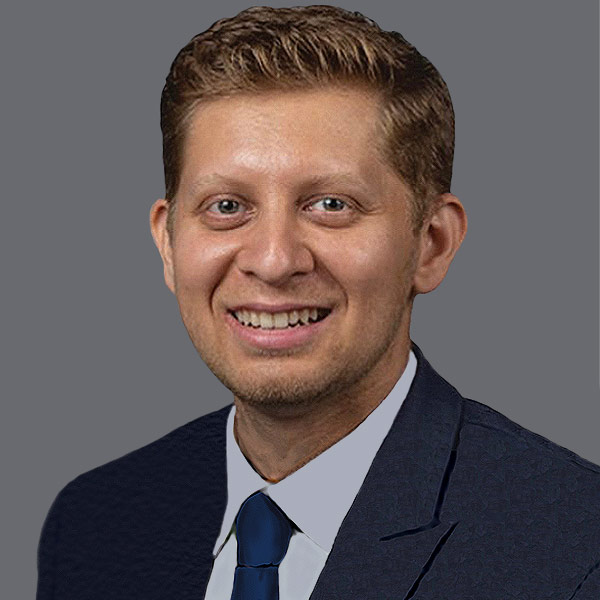What is My Niche and Do I Need One?

A 75-year-old sickly patient lumbered into our clinic; her gingerly steps preceded by the clack of her walker. With a note of exasperation in her voice, she asked me, "How many doctors do I have to see? I just need to be able to breathe better." I was then in my last year of general cardiology fellowship spending time in valve clinic when I met our unfortunate visitor with heart failure that was now seeing four cardiologists. Four! She had a general cardiologist doing his best to coordinate care, an electrophysiologist for her device, advanced heart failure specialist (well, she did have heart failure) and now a structural/interventional cardiologist for her severe valve disease. Thankfully she did not count me as a cardiologist yet, and I chose not to correct her presumption that I was a student. This is not an uncommon scenario in large practice settings.
Cardiologists have been increasingly joining larger practices over the past decade. The number of smaller cardiology practices is decreasing while larger practices have grown. According to data from the Centers for Medicare and Medicaid Services, in 2017 just over 25% of cardiologists were part of a practice that employed five or less cardiologists1. While this number keeps shrinking due to a variety of market-related, insurance and administrative reasons, the impact on patient care deserves a closer look. Large cardiology practices are usually afforded the benefits of having subspecialists with unique skills and expertise. At the very least, they will include electrophysiologists, advanced heart failure specialists and interventional cardiologists trained in structural skills. This allows them to be self-sufficient and able to compete in a dynamic market structure and hospital market concentration. In large academic and tertiary referral centers, it is common to find specialized clinics that focus on cardio-oncology, pulmonary hypertension, valve interventions, hypertrophic cardiomyopathy and cardio-obstetrics. This reflects a great advancement in the field of specialized cardiology, symbiotically supported by research in these arenas. Although, I had to do a double take after learning of a myocardial bridging clinic, intrigued by the thought of what else is possible.
For early career physicians and FITs, you are statistically more likely to join a larger practice today. This setting will be more familiar coming from a training program since these tend to be at larger practices. One of the challenges of joining such a practice is to be able to carve out your own place or niche. If you are trained in a subspecialty, this may be easier as you may have been hired to address a need in the practice. For example, if you were trained in structural fellowship, you may have a role in valve interventions, or an advanced imaging trained fellow may hone in on reading cardiac CTs and MRIs. For noninvasive cardiologists, echocardiography and nuclear medicine remain the bedrock of practice and could provide unglamorous opportunities to make your mark. Research and education are unheralded arenas but tend to be more gratifying. Identifying your passion, grasping the right opportunities, and seeking and following your mentors could be the key factors in establishing your niche in the practice. Patience is a virtue might be a good motto to abide by in such a practice.
The structure of a smaller practice is quite different. Usually, these are limited to noninvasive and interventional cardiologists, and rarely an electrophysiologist. Depending on the resources and scope of the practice, you may be responsible for interpreting and/or implanting cardiac monitors, interrogating devices, performing TEEs and cardioversions; quite possibly all on the same day. You may have to start and maintain patients on anti-arrhythmics, pulmonary arterial hypertension and advanced chronic heart failure therapies. Initially, this may seem overwhelming and possibly out of your comfort zone. However, it allows you to become a well-rounded cardiologist. More importantly, patients appreciate the close relationship you develop with them and are glad to not have to pick out their cardiologist from a line-up.
In order to provide good care in a smaller practice setting, it is important to remain well-versed in subspecialty knowledge and practice evidence-based precision medicine. This is where the updates and guidance available through different ACC resources are useful. JACC and subspecialty journals, ACC webinars and podcasts regularly discuss focused-guideline updates and in-depth analysis of different topics. A simple web search on JACC.org can help you review how to start and maintain different treatments of pulmonary arterial hypertension or find a chart for drug safety in pregnancy. A key aspect of your practice will be to realize your limitations and seek expertise and referral to a tertiary center when appropriate.
You may need a niche to make your mark based on the type of practice you choose to join. But ample resources and opportunities exist where we can strive to make cardiology our niche.
Reference
- Figueroa et al J Am Coll Cardiol. 2020 Aug, 76 (5) 590–593
This content was developed independently from the content developed for ACC.org. This content was not reviewed by the American College of Cardiology (ACC) for medical accuracy and the content is provided on an "as is" basis. Inclusion on ACC.org does not constitute a guarantee or endorsement by the ACC and ACC makes no warranty that the content is accurate, complete or error-free. The content is not a substitute for personalized medical advice and is not intended to be used as the sole basis for making individualized medical or health-related decisions. Statements or opinions expressed in this content reflect the views of the authors and do not reflect the official policy of ACC.
